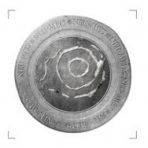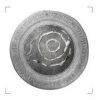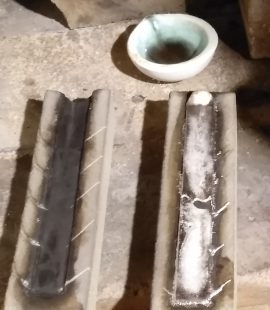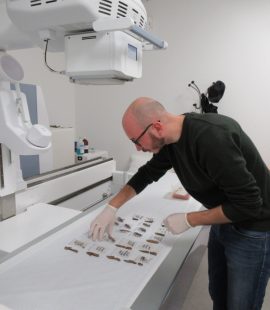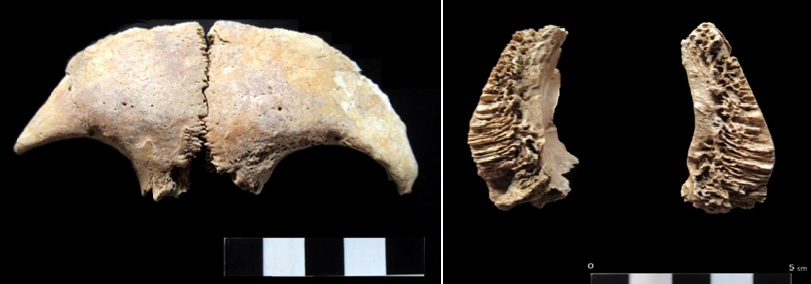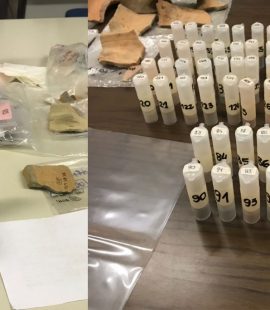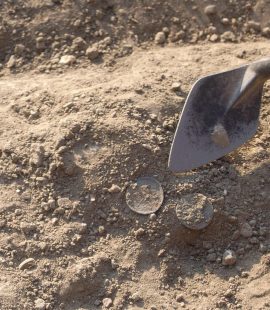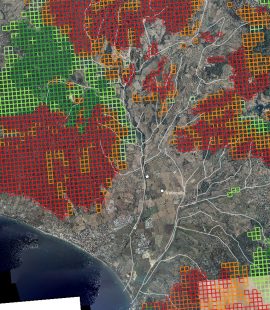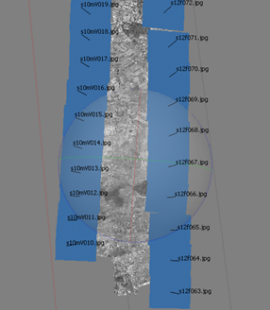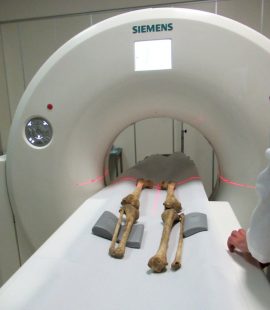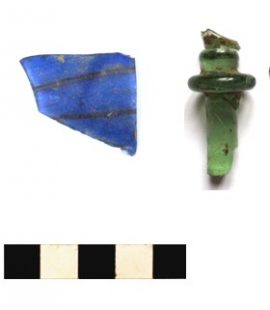THE ARCHAEOMETRIC ANALYSIS OF COINS BETWEEN ENQUIRY AND INTERPRETATION WITH THE SUPPORT OF EXPERIMENTAL ARCHAEOLOGY
The archaeometric analysis carried out on the coins of the neumed project are almost completed. The large amount of data is providing useful information to answer at historical-numismatic questions. In particular, the use of different types of analytical techniques hallowed … Read More

